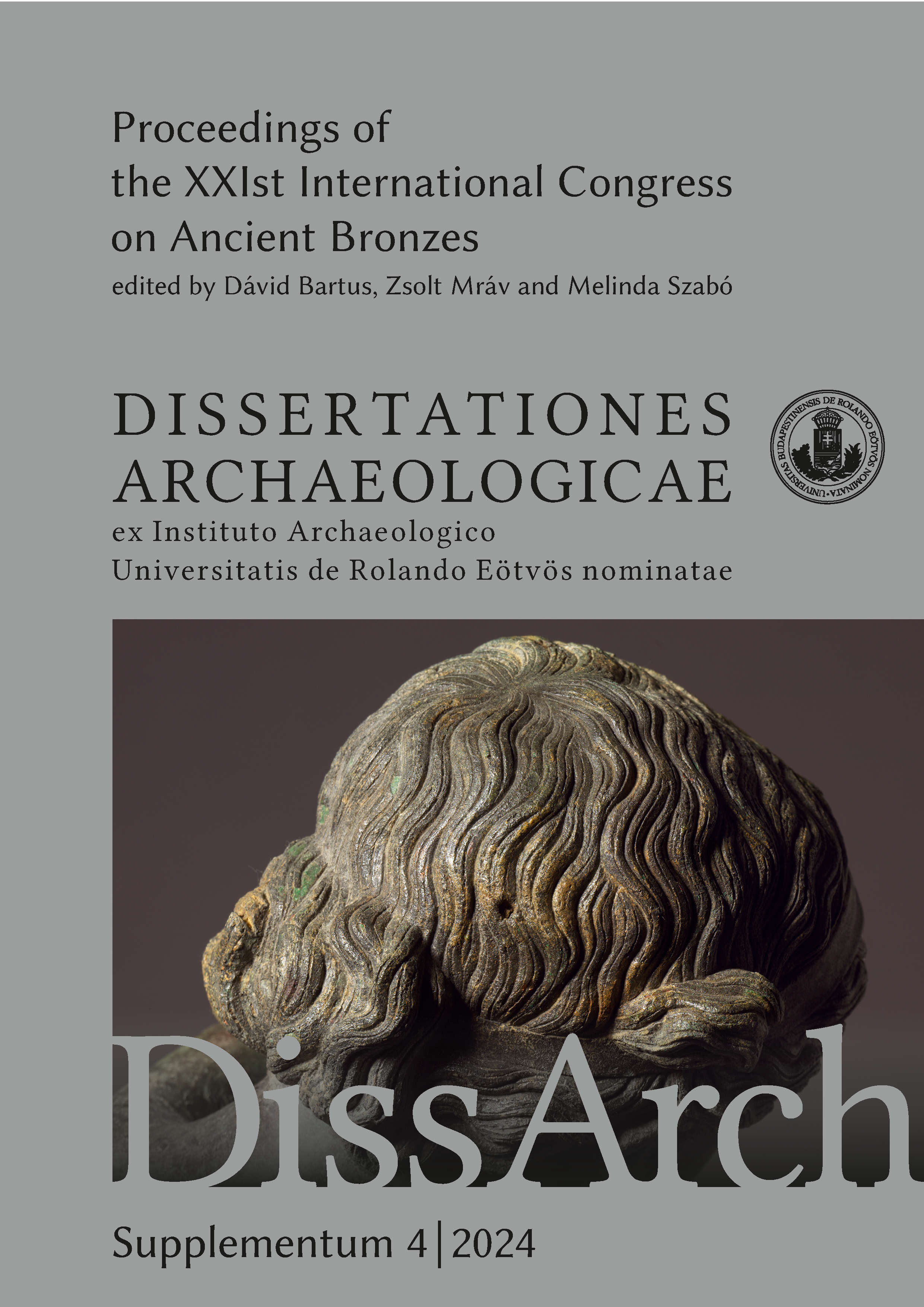Published 2024-09-30
Keywords
- Drunken Satyr,
- Herculaneum,
- Villa dei Papiri,
- bronze statue,
- conservation
How to Cite
Abstract
Prior to the international loan exhibition Buried by Vesuvius: Treasures from the Villa dei Papiri at the Getty Villa in Los Angeles (26 June – 28 October 2019), the Museo Archeologico Nazionale di Napoli (MANN) generously lent the ancient bronze statue of a Drunken Satyr for study, analysis, and conservation. Discovered in pieces in tunnels excavated through what has come to be recognized in the outer peristyle garden of the Villa dei Papiri at Herculaneum on July 10, 1754 and restored in 1759 at the Royal Foundry at Portici, the Drunken Satyr was praised as one of the most beautiful bronze statues to survive from antiquity. This paper provides an overview of its history and presents the results of recent study, analysis, and treatment that shed greater light on the techniques of the statue’s ancient manufacture and its alteration and state of preservation at the time of recovery. It also addresses the nature and extent of the post-antique restorations that can be identified and their ramifications on the statue’s appearance. These collective findings allow for a more comprehensive understanding of the Drunken Satyr.


